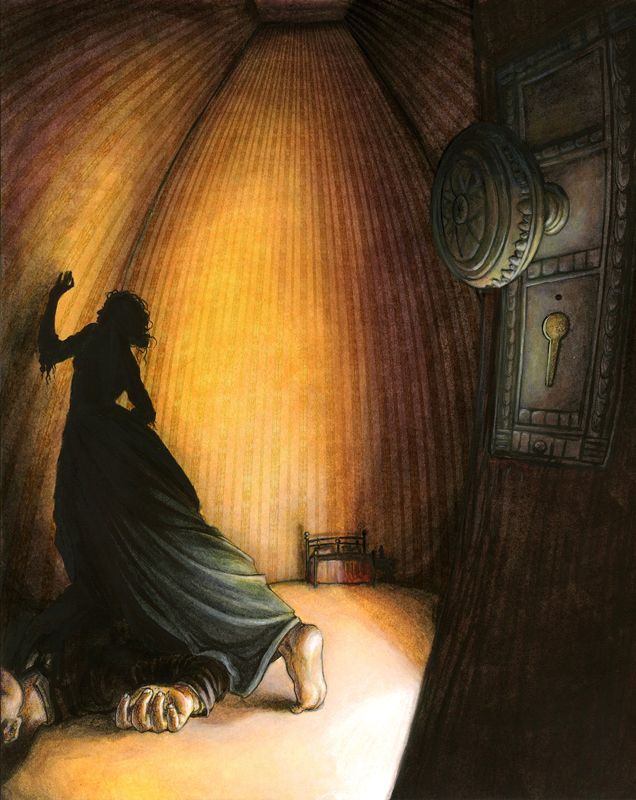

However, even the slightest thing she desires is not put into practice by John and due to his carelessness, the narrator comes close to losing her mind. The unnamed narrator’s husband decides, without asking, what is good for her since, in a patriarchial society, men decide for women.Īs she finds it disturbing, the narrator wants to change the color of the yellow wallpaper which symbolizes and also triggers her mental problems. Even the room that the protagonist stays in has been a playroom once because its windows are barred for “little” children.

For instance, he calls her “little goose” and laughs when she feels something strange about the house. John, the patronizing figure, treats his wife like a child and belittles her concerns. Feeling oppressed and confined, the narrator reveals that her mental health does not improve but it is getting worse under the circumstances. In this so-called treatment, the narrator is not allowed to see her newborn child or any other person except John, the doctor, and his sister Jenny. Away from the village, the house reflects the unnamed narrator’s isolation and it needs to be repaired like her mental health.


 0 kommentar(er)
0 kommentar(er)
